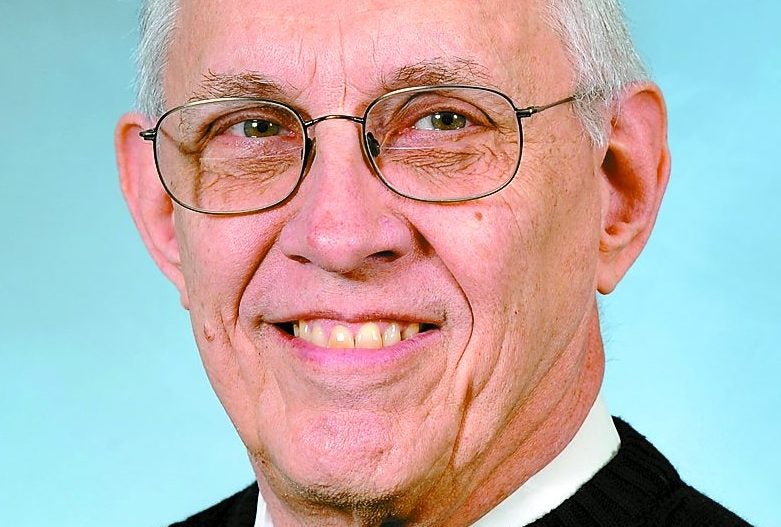Witt: Dying on our own terms
Published 4:00 pm Tuesday, November 19, 2019

- Chuck Witt is a retired architect and a lifelong resident of Winchester.
Dying is really nothing more than an act of living, the final act.
For many of those left behind, it is most often a grievous moment, one of mourning, of contemplation, of reflection.
For the person whose life has ended, that ending comes in many forms — from violence, long-term illness, much pain and, occasionally, suddenly and without remorse.
For some, the end may come as a welcome relief from the various miseries that can be visited on one at any point in his or her life.
The rituals throughout the world that come with the end of life are many. In some, death is celebrated as an entry to an eternal bliss, without pain, without sorrow, without regret.
But the act of dying deserves better recourse than what is available in this country, a recourse to comfort and dignity when the end is near.
Fortunately, organizations like Hospice operate to make death more comfortable, for both the person dying and those left behind to grieve.
Still, there is more left to do.
Euthanasia is illegal in all states, but nine states and the District of Columbia have legalized assisted suicide (Maine’s law will take effect in January 2020).
The difference between euthanasia and assisted suicide is that euthanasia requires the physical participation of a second person (who would normally be a physician if it were legalized) while in assisted suicide the means of ending one’s life are provided but the individual actually performs the act theirself.
In some court cases testing these acts, the person whose life was to be ended was not capable of committing the final act, so numerous other legalities enter the picture and complicate the process, and inevitably make the process so much harder for those trying to make end-of-life decisions.
It shouldn’t have to be this way.
Why have some states come to the conclusion end-of-life decisions are best made by those most closely related to the issue, rather than being determined by government?
The practice of medicine has a lot to do with it. Physicians are trained from the beginning to aid patients, to help relieve their pain, to cure them, not to provide or aid means of terminating their lives.
The progression of science has developed means of keeping people alive longer and longer, even if that continued existence provides no quality of life for the individual.
So, in 41 states, an individual cannot legally make a decision to end their own life with the assistance of others.
Our Declaration of Independence avows we are endowed with the rights of life, liberty and the pursuit of happiness. Perhaps the dilemma of today would have been immensely simplified if the Declaration had included a right of self-determination regarding ending one’s life in a sane and humane manner.
In the movie “Soylent Green,” Edward G. Robinson played an aging man who had grown weary of the living conditions of his time. His society allowed him to decide his time of death and methods were legally provided to aid his departure.
He chose an application of chemicals which induced death painlessly, and he was allowed to view scenes of his youth, blue skies, green pastures, serene wildlife, clear waters and to listen to calming music for a short period while his life was ending. He chose “Morning” by Edvard Grieg, a beautiful and calming piece.
He died with dignity, choosing his own method of doing so. Though it was just a movie, it offered a salubrious way of dying, one that a thoughtful society should consider, at least to the extent of permitting a person to choose to die if they want, in a compassionate manner.
Chuck Witt is a retired architect and a lifelong resident of Winchester. He can be reached at chuck740@bellsouth.net.




